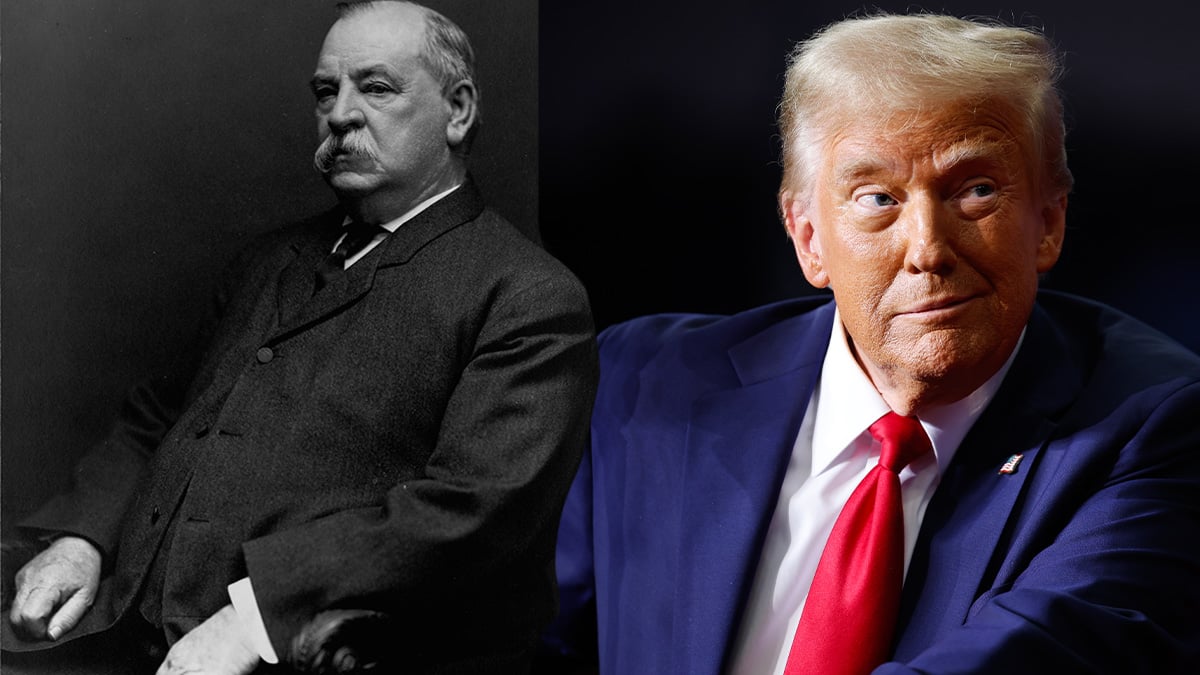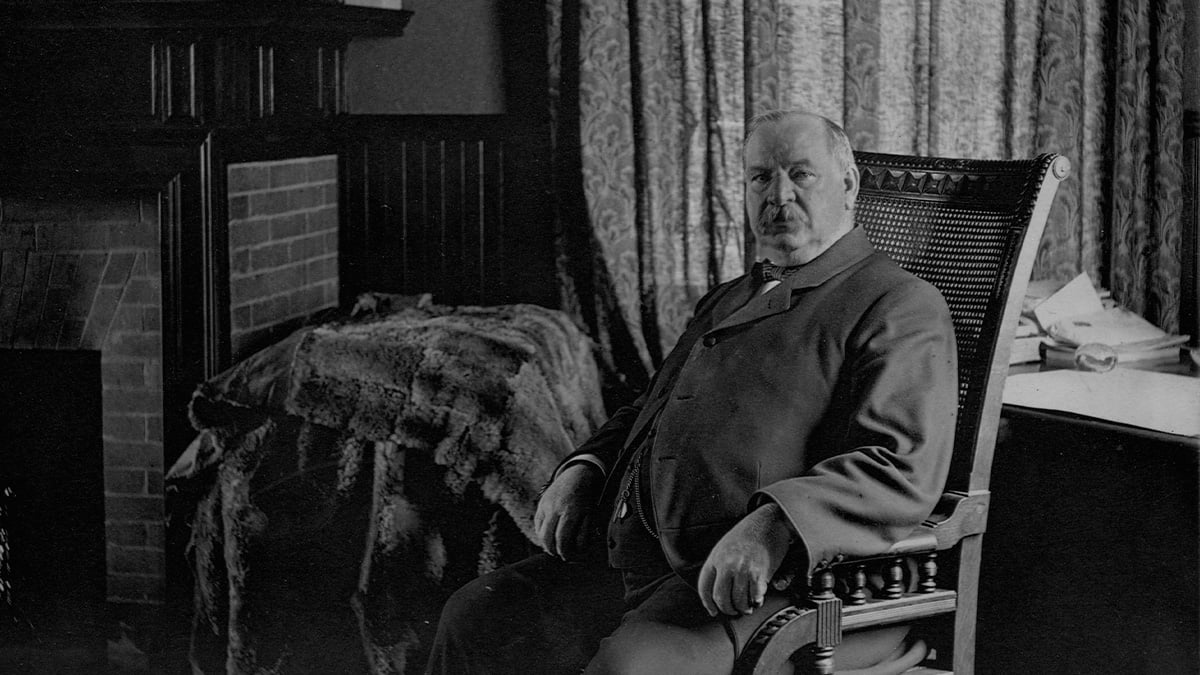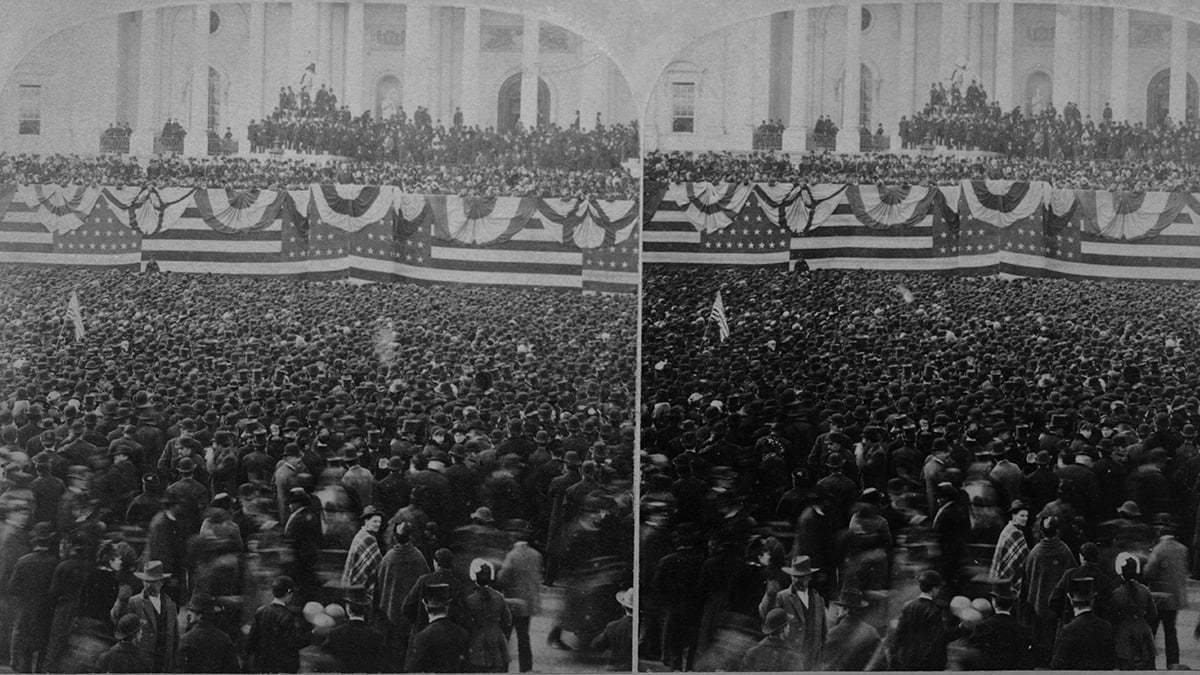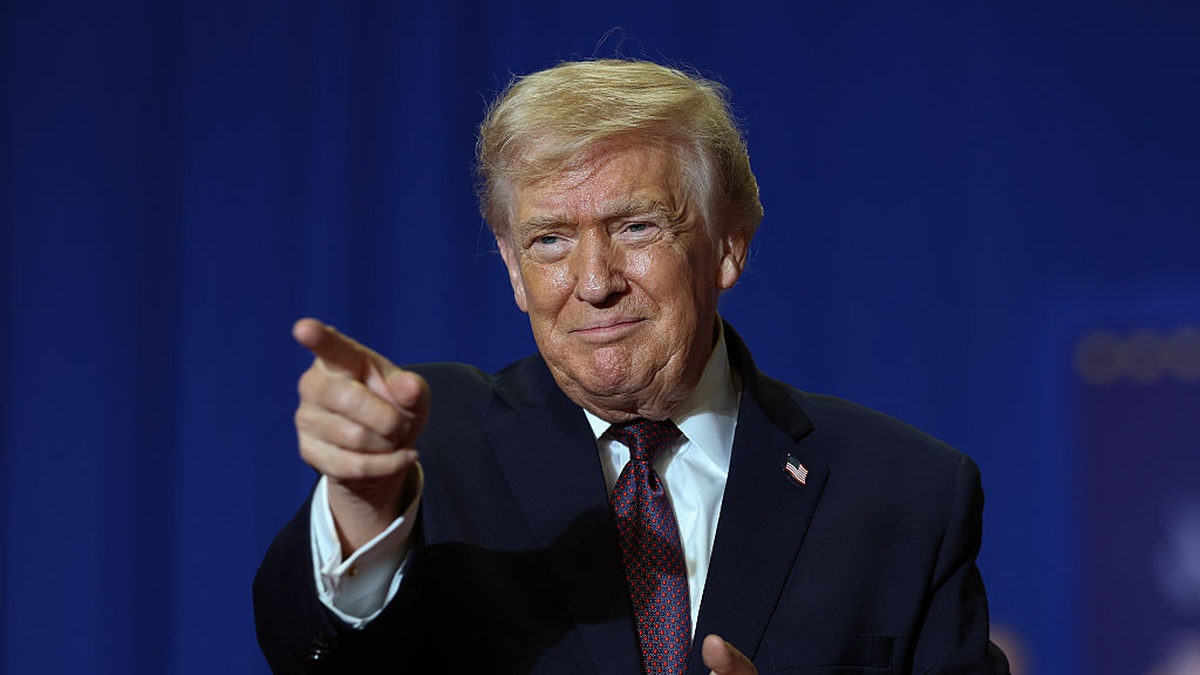Donald Trump has officially won his 2024 bid for reelection. Across the nation, MAGA enthusiasts are celebrating their candidate’s victory. Meanwhile, 66 million Kamala Harris supporters have taken to doom scrolling as they wait for their tears to dry.
Trump’s victory might mark the first time a convicted felon has made it into the Oval Office, but he’s not the only president to serve a non-consecutive term. And much like soon-to-be President Trump, his predecessor also served during a time of civil unrest.
What other presidents have had non-consecutive terms?

Two-term presidents are incredibly common. Twenty-one — soon to be 22 — of our country’s leaders have had the honor of being doubly elected by their constituents, but only Donald Trump and Grover Cleveland have had their terms interrupted.
Who was Grover Cleveland?

Grover Cleveland was born in 1837 to a very large — and very poor — family. Despite his rough start, he became a lawyer by 22. He was appointed a district attorney in New York state in 1863 — 1 year into the American Civil War — and like most young professionals, didn’t have time or the desire to pick up a rifle to defend his country. When the draft was called Cleveland deferred his service by hiring a surrogate. He paid $150 (approximately $4k in today’s currency) for a Polish immigrant to take his place.
He continued to work diligently as a defense attorney. He was known as a hard worker, who frequently took pro bono cases, lived a modest life, and sent much of his salary home to care for his mother and sisters. He had a disdain for the social elite and preferred that his social life take place in the halls of saloons. He worked his way through the ranks, first as Sheriff (he was an unremarkable lawman), then as Mayor of Buffalo, NY, and later as the Governor of New York before he was tapped to run for president in 1884.
A 47-year-old bachelor, Cleveland wasn’t the Democrat’s first choice, but he was the least repugnant of the alternative options. His staunch opposition to the establishment won him public approval, he and future president Theodore Roosevelt had a strong professional relationship, and most surprisingly, he won the Irish vote which tipped the scale in his favor, allowing him to narrowly win the election.
As president, he pursued policies that avoided favoritism of any economic group, even denying aid to drought-stricken Texans. He vetoed pension bills for Civil War veterans, investigated corporations (he ended up reclaiming 81 million acres that had been fraudulently claimed by a railroad), and attempted to regulate their businesses for the first time.
One of the most interesting parallels with Trump’s presidency was Cleveland’s use of tariffs. The Civil War required ample funding, and the fastest way the government could line the coffers was through tariffs. By the time Cleveland was elected, the tariffs had allowed for a governmental surplus — but at the expense of the American public. While Cleveland tried to redux or rework them, his congress was less than enthusiastic. He warned that they were giving Republicans an easy win by sitting on their hands. He was correct, and he lost to the Republican nominee in 1897.
The interim president, Benjamin Harrison, substantially expanded the Navy, signed bills for internal improvement, and lavished subsidies on steamships. He tried to lower the tariffs to provide relief to the public, but as they were removed from imports, the surplus of cash quickly drained. For the average American, the imported goods became so expensive that they became leery of big businesses. The country lapsed into an economic recession, the Panic of 1893, and by the time the election rolled around, the public was more than ready for Cleveland’s return.
The damaged economy led to labor strikes, which Cleveland quashed with an iron fist. His party became deeply unpopular, and Cleveland refused a nomination for a third term. The Democratic nominee received a pitiful 100,00 votes, and the Republican candidate, William McKinley, easily took the ticket.











Published: Nov 6, 2024 03:51 pm